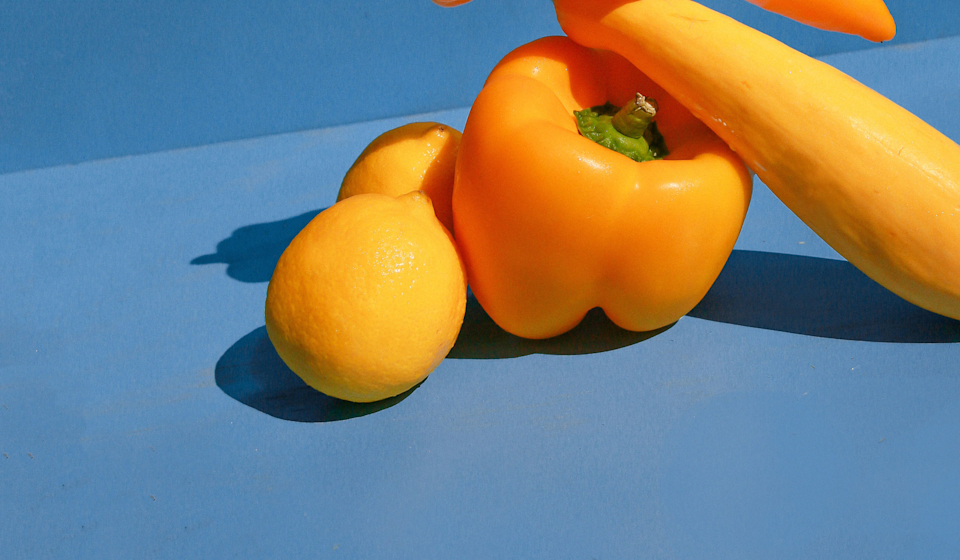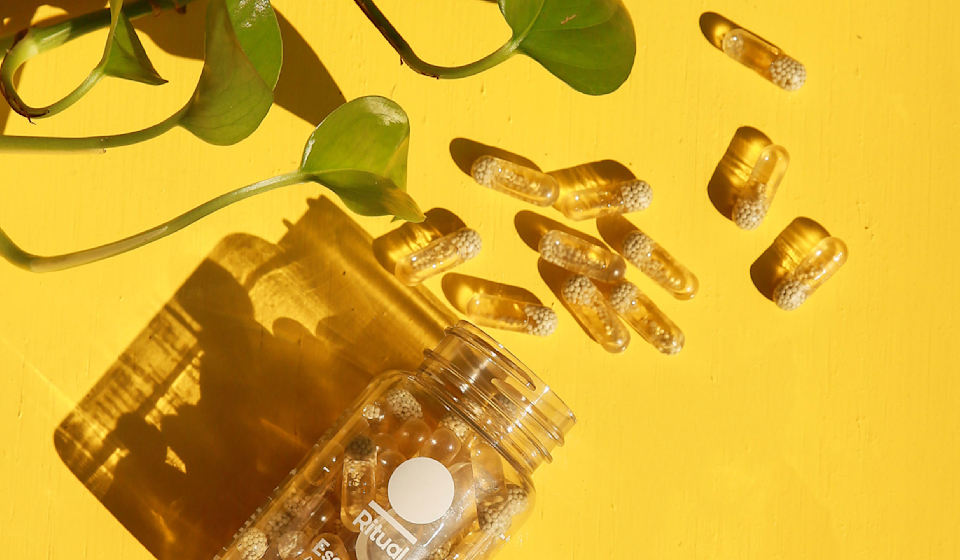Case study: Vegetables, soil quality, and nutrient impact over time
One fact that highlights just how great an impact soil can have on nutrition? Scientists have found that conventional produce grown today may be significantly less nutrient-dense than it was decades ago.
Consider this 2004 study as Exhibit A: Researchers at the University of Texas’ Biochemical Institute used nutritional data from 1950 and 1999 to compare 43 different fruits and vegetables, only to find that the levels of many different nutrients (including protein, calcium, iron, and vitamin C) had declined. According to the scientists on the study, that’s due to modern agricultural practices that often prioritize quantity over quality, as well as pesticide and commercial fertilizer use and other factors that contribute to—you guessed it—poor soil nutrition. (2)
Disheartened? The good news is that we can still make certain food choices to help ensure that we’re getting the most nutritional bang for our buck.
Yet another reason to shop organic
When it comes to the modern-industrial agricultural practices that may be contributing to depleted nutrient value, conventionally grown crops tend to be the most vulnerable—which is where shopping your local farmer’s market (or at the very least, opting for organic-certified produce at your local supermarket) might be the wiser option.
While the study cited above charts a decline in nutrient levels, researchers have linked organic farming practices (along with factors like seasonality and local sourcing) to higher nutritional value. One widely-cited review published in the British Journal of Nutrition in 2014 shows a higher antioxidant content in organic produce, for example, along with less exposure to toxins like cadmium and pesticide residues. It makes a lot of sense, when you consider some of the stringent qualifications that go into organic certification: things like restrictions on synthetic fertilizers and other chemicals in favor of plant compost and animal manure, oversight on water and soil quality, and more. (3,4)
The caveat, of course, is that while organic certification requires adherence to certain guidelines, even organic-certified farms still have their preferred methods of growing, fertilizing, and cultivating within those constraints. In other words, it’s hard to hold up two oranges at the grocery store and know the precise specifics of how they were grown—including aspects like their soil condition.
So, what can we do? Well, start with the knowledge that filling your plate with fresh vegetables and fruit to begin with is already a step in the right direction—there are just other things worth considering when making the most informed choice possible for your nutrition. While we can’t guarantee details like soil quality, we can support farms that use safer practices by shopping our local farmer’s market or signing up for a CSA. (Another plus: The less miles your vegetables travel, the higher the nutritional value, suggests some research.) We can take a multivitamin to help fill gaps in our diets. And in general, we can practice a lot of curiosity (and a little bit of skepticism) when it comes to what we’re putting in our bodies—all in the name of healthful habits. (5)
References:
- Morgan, J. B., & Connolly, E. L. (2013). Plant-Soil Interactions: Nutrient Uptake. Retrieved from Nature
- Davis, D. R., Epp, M. D., & Riordan, H. D. (2004). Changes in USDA Food Composition Data for 43 Garden Crops, 1950 to 1999. Journal of the American College of Nutrition, 23(6), 669–682. doi: 10.1080/07315724.2004.10719409
- Barański, M., Średnicka-Tober, D., Volakakis, N., Seal, C., Sanderson, R., Stewart, G. B., … Leifert, C. (2014). Higher antioxidant...: a systematic literature review and meta-analyses. British Journal of Nutrition, 112(5), 794–811. doi: 10.1017/s0007114514001366
- Guidelines for Organic Crop Certification. (n.d.). Retrieved from USDA
- Wunderlich, S. M., Feldman, C., Kane, S., & Hazhin, T. (2008). Nutritional quality of organic, conventional, and seasonally grown broccoli using vitamin C as a marker. International Journal of Food Sciences and Nutrition, 59(1), 34–45. doi: 10.1080/09637480701453637










